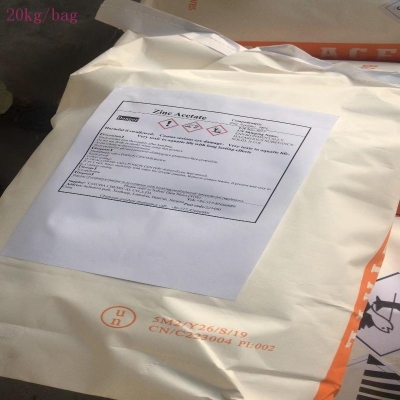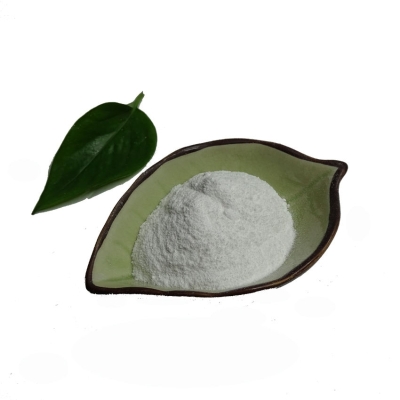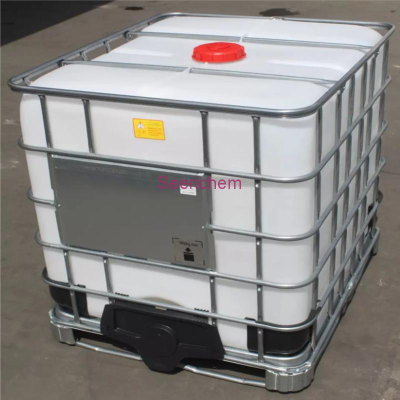-
Categories
-
Pharmaceutical Intermediates
-
Active Pharmaceutical Ingredients
-
Food Additives
- Industrial Coatings
- Agrochemicals
- Dyes and Pigments
- Surfactant
- Flavors and Fragrances
- Chemical Reagents
- Catalyst and Auxiliary
- Natural Products
- Inorganic Chemistry
-
Organic Chemistry
-
Biochemical Engineering
- Analytical Chemistry
-
Cosmetic Ingredient
- Water Treatment Chemical
-
Pharmaceutical Intermediates
Promotion
ECHEMI Mall
Wholesale
Weekly Price
Exhibition
News
-
Trade Service
It is learned from the Chinese Academy of Sciences that recently, the research team of Wu Zhengyan, a researcher at the Institute of Technical Biology and Agricultural Engineering, Hefei Institute of Material Science, Chinese Academy of Sciences, has developed a temperature-sensitive controlled-release pesticide, which provides technology for increasing the utilization rate of pesticides and reducing agricultural non-point source pollution caused by pesticides.
support.
The research group used attapulgite, ammonium bicarbonate and other materials to prepare a composite nanomaterial, and used the material as a carrier to compound with herbicides to develop temperature-sensitive controlled-release herbicide particles.
The particles are highly sensitive to temperature, and the number of nanopores in the particles can be effectively adjusted by temperature, thereby controlling the release of herbicides.
The technology can significantly improve the utilization rate of pesticides, reduce the loss of pesticides, and reduce the amount of pesticides.
It has the advantages of low cost, high efficiency, environmental friendliness, convenient use, and easy processing, and has broad application prospects.
support.
The research group used attapulgite, ammonium bicarbonate and other materials to prepare a composite nanomaterial, and used the material as a carrier to compound with herbicides to develop temperature-sensitive controlled-release herbicide particles.
The particles are highly sensitive to temperature, and the number of nanopores in the particles can be effectively adjusted by temperature, thereby controlling the release of herbicides.
The technology can significantly improve the utilization rate of pesticides, reduce the loss of pesticides, and reduce the amount of pesticides.
It has the advantages of low cost, high efficiency, environmental friendliness, convenient use, and easy processing, and has broad application prospects.







